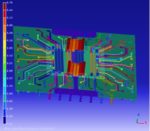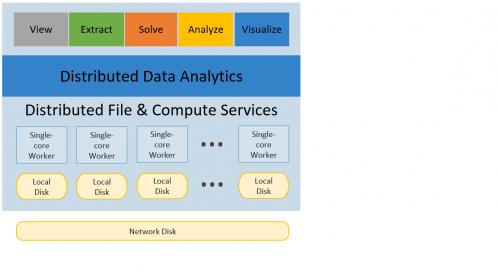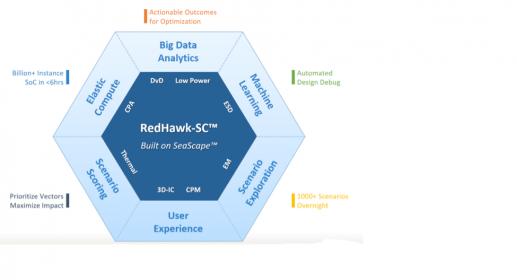You are currently viewing SemiWiki as a guest which gives you limited access to the site. To view blog comments and experience other SemiWiki features you must be a registered member. Registration is fast, simple, and absolutely free so please,
join our community today!
In the realm of engineering simulations, the demand for faster, more accurate solutions to complex multiphysics challenges is ever-growing.
Simulation is a vital tool for engineers to design, test, and optimize complex systems and products. It helps engineers reduce costs, improve quality, and accelerate innovation. However,… Read More
Over its 40+ year history, electronic design automation (EDA) has seen many companies rise, fall, and merge. In the beginning, in the 1980s, the industry was dominated by what came to be known as the big three — Daisy Systems, Mentor Graphics, and Valid Logic (the infamous “DMV”). The Big 3 has morphed over the years, eventually settling… Read More
Semiconductor manufacturers are under constantly increasing and intense pressure to accelerate innovative new chip designs to market faster than ever in smaller package sizes while assuring signal integrity and reducing power consumption. Three-dimensional integrated circuits (3D-ICs) promise to answer all these demands… Read More
Designers require comprehensive logical, physical, and electrical models to interpret the results of full-chip power noise and electromigration analysis flows, and subsequently deduce the appropriate design updates to address any analysis issues. These models include: LEF, DEF, Liberty library models (including detailed… Read More
While it’s interesting to hear a tool-vendor’s point of view on the capabilities of their product, it’s always more compelling to hear a customer/user point of view, especially when that customer is NVIDIA, a company known for making monster chips.
A quick recap on the concept. At 7nm, operating voltages are getting much closer… Read More
I’ve written before about how Ansys applies big data analytics and elastic compute in support of power integrity and other types of analysis. A good example of the need follows this reasoning: Advanced designs today require advanced semiconductor processes – 16nm and below. Designs at these processes run at low voltages, much… Read More
Margin Callby Bernard Murphy on 06-04-2017 at 7:00 amCategories: Ansys, Inc., EDA
A year ago, I wrote about Ansys’ intro of Big Data methods into the world of power integrity analysis. The motivation behind this advance was introduced in another blog, questioning how far margin-based approaches to complex multi-dimensional analyses could go. An accurate analysis of power integrity in a complex chip should… Read More








